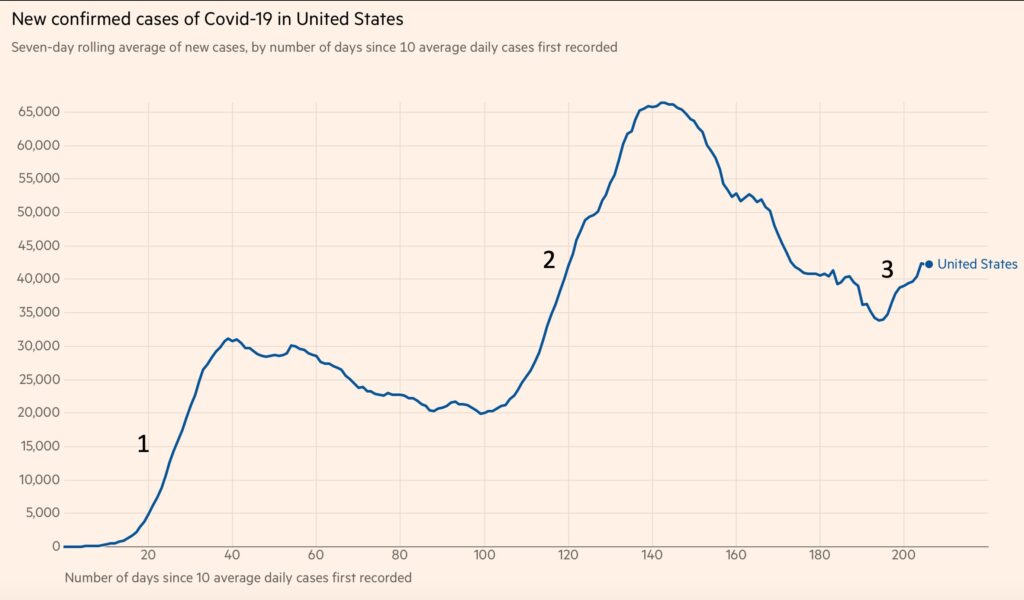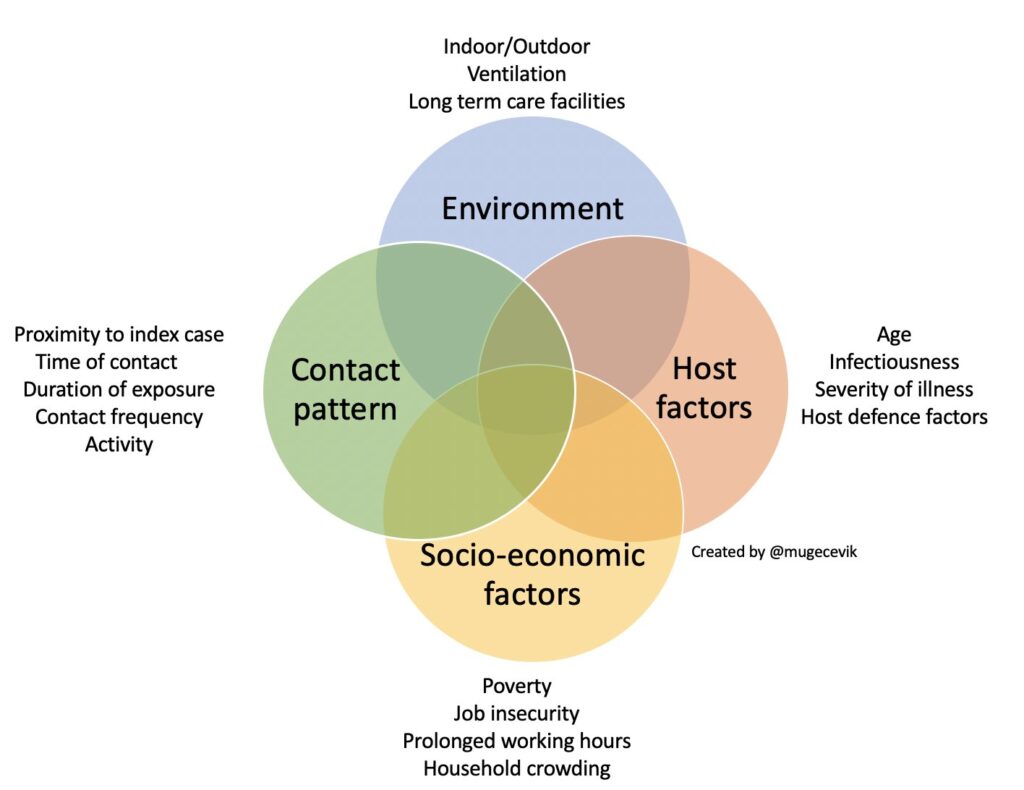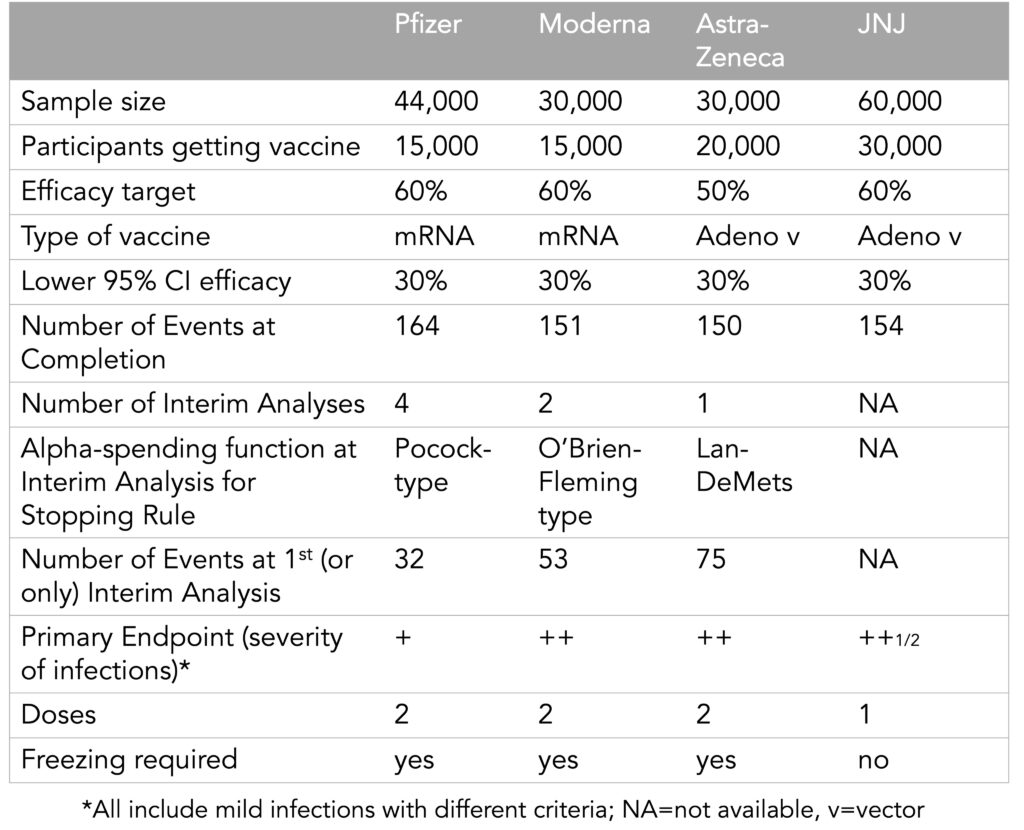Welcome back to Week 24 in my weekly reports analyzing the Covid-19 pandemic and its effects on the country and higher education. For those of you reading this on my blog, Off the Silk Road, I have also launched a newsletter, where these reports can be sent directly to your email each week. Click here to subscribe.
Last week, we unpacked the darkest week in the history of American public health as President Trump continues to sideline the science and more Americans will lose their lives as a result. This week, we will look at the first signs of a fall surge and present a new framework for keeping track of outbreaks in America’s college towns.
A national look
This week, the U.S. has officially passed 200,000 deaths from the coronavirus. There was no national mourning period. There was no moment of silence to remember those we have lost. We have become numb to the numbers and we cannot let it be this way. It’s as if we have lost the cities of Salt Lake City, Utah and Montgomery, Alabama — 200,000 people, gone.
We’re starting to see the first signs of a fall surge. New daily cases are beginning to increase into the 40,000 range, hospitalizations are flattening and deaths remain stable at around 800 per day. We have more cases per day nationwide than in April and May. With more Americans spending time indoors and states continuing to ease restrictions, these next few weeks could see rises in transmission.

As the CDC predicts 24,000 deaths in the next three weeks and the IHME model at the University of Washington forecasts 285,613 deaths by December 1, we are six months into this pandemic and we still cannot provide nearly enough N95 masks for our healthcare workers due to the lack of Defense Production Act implementation. We still do not have enough data as to how exactly this virus spreads and in what outbreak settings. Morale is low at the CDC, according to one CNN report. Science news site Stat has published a deep dive into what next year will look like. “Covid-19 has been like a blacklight on U.S. society, revealing in glaring detail the faults that are built into its foundations,” Andrew Joseph writes. “The real test will be whether that clear view drives change, or whether the country flips the light off once again.”
As the president refuses to commit to a peaceful transition of power, the U.S. has become the pandemic laughingstock of the world. Germany has such a surplus of tests that at one train station, tests are offered to any passenger who wants one. We’re alone.
Let’s take a look at some of the latest scientific developments:
- Less than 10% of Americans have antibodies to the new coronavirus, suggesting that there is even less herd immunity to the disease than had been previously estimated, according to a study published Friday in The Lancet.
- The largest genetic study from Houston shows a new mutation in the virus. This does not mean that the D614G mutation is more transmissible; the mutuation just reflects that this virus is more prevalent.
- “For nearly 60 years, [CDC’s Morbidity and Mortality Weekly Report] has served as a trusted source of public health information,” three doctors write in JAMA Network. “Now more than ever, it is imperative to ensure that the public’s trust in MMWR as the voice of CDC is maintained.”
- A new CDC report underscores the importance of community engagement and trust in contact tracing. In two counties in North Carolina, 35%-48% of patients reported no contacts, 25%-48% of contacts were not reached and the median time to contact notification was 6 days.
- Researchers at the Harvard University and the University of St Andrews, Scotland and published an in-depth analysis of transmission dynamics, including this helpful graphic of the various factors to which we must pay attention.

- A new report from Duke University Press found that political partisanship was a much stronger driver of policy issuance than Covid-19 trends across states in the U.S. last spring.
- A study from China could suggest that eyeglasses could provide more protection from viral transmission, though more analysis is needed.
- A new paper published on the preprint server Arxiv shows that analyzing cough sounds could be a useful tool in determining Covid-19 infection status.
- SalivaDirect, the groundbreaking test from researchers at Yale, has partnered with three labs in three states, a key step in releasing this test to a wider market.
- In one of the examples of hitting a herd immunity threshold, researchers in Brazil found a seroprevalence status of 66% in one community.
- Content analysis of 2,100 sampled quotes from 80 publications across six countries showed that men were quoted nearly five times more frequently in the news about COVID-19 than women in South Africa, Nigeria and India, more than four times more frequently in the U.S, nearly four times more frequently in Kenya, and nearly three times more frequently in the UK.
- A new CDC report shows the changing age demographics of the pandemic over the summer. The median age of confirmed Covid-19 cases decreased from 46 years in May to 37 years in July and 38 years in August. A surge in cases among the younger population was followed by an increase in cases and deaths in the elderly.
Finally, some updates on vaccines.
- The FDA has announced tougher standards for a Covid-19 vaccine that make it unlikely one will be cleared by Election Day, despite political pressure from the White House.
- Scientists are worried that some current vaccine efficacy trials are only looking for the prevention of mild Covid-19, not severe instances of the disease.
- Johnson & Johnson has launched Phase 3 trials of its vaccine, which only requires one dose and does not require deep freezing.
- Doctors have highlighted the need to test the vaccine for safety and efficacy in children.
- The UK is set to begin tests on volunteers by deliberately infecting them with the virus, also known as a human challenge trial.
- China has started mass vaccinations of its unproven vaccine.
- “Politicizing vaccination would be the most dangerous and costly mistake yet,” former CDC director Tom Frieden writes.
- New York Governor Andrew Cuomo announced that New York State will form an independent Clinical Advisory Task Force comprised of leading scientists, doctors, and health experts who will review every Covid-19 vaccine authorized by the federal government.
- Scientist and doctor Dr. Eric Topol has provided this clear table detailing the major vaccines currently in clinical trials.

As we pass 7 million confirmed cases in the U.S., we must continue to vigilantly practice basic public health measures and monitor the latest statistics, which are currently on the decline. It is no time to let up restrictions, even if Florida has opened bars and restaurants to full capacity with “minimal social distancing” and effectively nullified all local mask mandates. This decision makes absolutely no sense and Florida will suffer the consequences.
Let’s move on to our discussion of higher education.
Higher education
Each Friday I update the College Watchlist, which is currently tracking 84,945 total cases at 87 colleges. 8,743 (10.3%) of those were recorded in the last 7 days. While many schools have been able to bring their case numbers down, we are seeing dangerous spikes in others, such as the University of Virginia and the University of Kentucky. At the top of the list for cases in the last 7 days are:
- Clemson University – 728
- Brigham Young University – 477
- Penn State – 437
- University of Florida – 405
- University of Wisconsin-Madison – 362 (this was in the top five last week)
While some schools have shown relative success in controlling the virus, more analysis is needed to determine what exactly contributed to their successes. For example, how important is testing to a successful reopening (quite important) and what role do rural schools (located in low prevalence areas) play in their successes? We will continue to examine these trends in the weeks to come.
A new working paper published this week by Davidson College professor Chris Marsicano and a host of other collaborators showed that an estimated 3,200 more cases per day occurred in the U.S. that likely would not have happened had colleges kept classes online. Using location data and rising case counts in college towns, they conclude that Covid-19 incidence in “college counties” increased by 0.024/1000 residents. While it is quite difficult to confirm, so far we have not seen major instances of spread between the colleges and their respective communities.
As the Pac-12 makes plans to resume its season, we are seeing spikes in college towns in Pennsylvania, Texas, Wisconsin and Utah. This week, let’s examine some of those places to underscore how college case count dashboards do not capture all the cases and instances of viral spread.
The major spike in Pennsylvania is due to spread at Penn State. The county in which it is located (Centre) had the highest new daily cases per 100,000 people in the past week, more than any other county in the state. Philadelphia County, with 10 times population compared to Centre County, had 0.78 times new cases. The data are quite erratic — the county has recorded anywhere from 3 to 215 new cases per day in the last month. It is notable that the spike happens just over 2 weeks after classes start. A discrepancy exists between the school’s dashboard and the county’s numbers, as some weeks the school records more cases than the county (which makes no sense since the school is located in the county). Penn State has recorded 613 cases in the last 7 days and 1,665 cases since August 14.
The national “third wave” has already begun in the Midwest and the Great Plains states, and Wisconsin’s spike is fueled by colleges all across the University of Wisconsin system. As seen in this graph, new daily cases are increasing in counties with and without colleges.
We are seeing more evidence that universities in Utah have recently been major drivers in Covid-19 transmission in the state. Utah State University (Cache), Brigham Young University (Utah), Utah Valley University (Utah) and the University of Utah (Salt Lake) have seen rises in their respective counties. It is telling that 47% of new cases over the last month in Cache County are from Utah State. The Brigham Young outbreak has over 500 cases, according to the school’s dashboard, and shows no signs of stopping.
With all these new outbreaks occurring in college towns, and possible reluctancy from college students to get tested through the school, I have created a new dashboard to help us see case rises in counties where undergraduate students make up 10% or more of the county’s total population. This is similar to an analysis I produced in a previous newsletter report, but this dashboard will update daily with new case numbers from Johns Hopkins University.
Each week, we take a moment to acknowledge the wacky, stupid and downright dumb elements of colleges’ reopening plans, also known as the College RidicuList.
- Some students living in Greek houses at the University of Wisconsin-Madison have considered intentionally contracting Covid-19 to shorten their quarantine time.
- Florida Governor Ron DeSantis suggested on Thursday that Florida could create a “bill of rights” to protect college students who face expulsion for attending parties under the strict Covid-19 guidelines schools are attempting to enforce, which he called “incredibly draconian.”
- On a visit to Texas A&M University, Dr. Deborah Birx praised the school for its “low” test positivity rates. I am not sure what she is talking about, as its test positivity rate is still at 10%.
- Here’s what the University of Oregon president Michael Schill had to say on the Pac-12 resuming: “It’s certainly not about money…No, it is about something bigger — hope.”
- Notre Dame president John Jenkins attended President Trump’s nomination ceremony for Judge Amy Coney Barrett and was seen not wearing a mask in the crowd (he has repeatedly said in his communications to students that they should wear masks on campus).
Here are some samples from op-eds and editorials in student newspapers this week, which are always useful for capturing perspectives from students, faculty, staff and local community members.
- “Expecting students to push through the entire semester with no breaks and no reading days is unrealistic, and burnout is inevitable,” editors at UNC’s The Daily Tar Heel write.
- “It is SO messed up that my first reaction to having a potentially deadly illness was that I could lose a few pounds,” one student at Middlebury College writes. “It also reflects the brutal influence of growing up for 22 years in a culture fixated on the false pretense that size equals success.”
- “Because we have been set up to fail. By a loud, obnoxious country that likes watching its own mouth move too much to wear a mask,” one Carleton College student writes from isolation while she awaited test results, which were negative. “Could an institution ever do enough in a pandemic to keep me safe, and feeling safe?”
Finally, here is a brief roundup of other college news this week:
- There is a significant discrepancy between the number of cases officially recorded at Michigan State University and the county’s health department — of about 700 cases.
- Middlebury College student Porter Bowman advocates for colleges to post thresholds for sending students home or quarantining the campus. “An answer is crucially important for two main reasons: colleges’ responsibility to transparency and to community safety,” he writes.
- While the University of Missouri has recorded no hospitalizations in its official numbers, its student newspaper is aware of two students who were hospitalized for Covid-19.
- As case counts have spiked, officials in Europe and the UK have placed several universities under lockdown weeks after they reopened.
- Ohio Governor Mike DeWine has recommended that all residential colleges and universities regularly test a sample population of their asymptomatic students. More states should follow.
- An editorial in The Wall Street Journal said that “among 18- to 29-year-olds, per capita hospitalizations have fallen 77%. Trends could change, but there’s no reason so far to panic over Covid on campus.” The piece continues: “The lockdown-loving media luxuriate in studies based on virus models that report bad news.” This editorial fails to acknowledge the dangers of contracting the virus in the first place.
- What is the spring going to look like? For many colleges, including Northeastern University, it will look quite like the fall.
- Presidents of universities in Michigan have said that in-person classes likely will not likely resume until fall 2021.
- A new report from the National Student Clearinghouse Research Center shows a 2.5-percent dip in undergraduate attendance this fall.
We must not remain cavalier when it comes to college outbreaks and react quickly to slow the spread of the virus.
Study abroad and international travel
This section has not been included in the reports in a while, but we may see decisions in the next few weeks with regards to spring abroad programs. In other news:
- China will open its borders on September 28 for those who currently hold residence permits.
- The Trump administration is proposing a rule that will limit the amount of time international students can stay in the U.S., from the time to complete a degree to a fixed amount of time.
The Good Stuff
Let’s roll the clips of the good stuff. In my usual tradition, I feature my favorite stories from the week. Here are my Top 12.
- Justice Ruth Bader Ginsburg’s personal trainer honored her with pushups as she lay in state in the Capitol, the first woman and Jewish person to do so.
- A German pianist in Hong Kong’s mandatory two-week on arrival quarantine had a piano installed in his hotel room so he could continue his practice and musical diary.
- NASA astronaut Kate Rubins will be voting in this year’s election — from space.
- Finland is set to launch a pilot program involving coronavirus-sniffing dogs at Helsinki Airport.
- At a rally this week, Trump insisted protesters are throwing Bumble Bee tuna cans. Within hours, Bumble Bee retorted: “Eat em. Don’t throw em.”
- The Washington Post reported that Israeli President Benjamin Netanyahu actually brings bags of dirty laundry on his visits to Washington, DC.
- The Vermont Giant Pumpkin Growers‘ annual weigh-off was still held this year, continuing a years-old tradition.
- What is it like going to college in the middle of a pandemic? This photo story from The Washington Post provides some context.
- This week, the world celebrated the best holiday of the month: the 21st night of the September. We look back to this NPR piece from 2014 to enlighten us on why the iconic song from Earth, Wind and Fire is still popular today.
- Political correspondents share their experiences covering a presidential campaign remotely.
- The New York Times published a photo story of empty arts and culture venues in New York.
- Legendary British naturalist David Attenborough joined Instagram. Four hours later he had 1 million followers.
Conclusion
As the world nears 1 million coronavirus deaths, I fear that the U.S. is on the wrong trajectory and by the time we take action it will be too late. All of the key metrics for disease surveillance (cases, hospitalizations, deaths) are not decreasing; they are either flat or are on the rise. As the president has given up (not that he was ever vested in the first place) on solving the pandemic, it is up to us to protect our fellow citizens at the ballot box and in our communities.
I’d like to thank all the student journalists with whom I have the pleasure of working. In the next weeks and months ahead, they will become vital in chronicling their colleges’ paths forward for the fall and beyond. Support their work by reading it.
My best to all for good health.
Like what you see? Don’t like what you see? Want to see more of something? Want to see less of something? Let me know in the comments. And don’t forget to subscribe to the weekly newsletter!
For more instant updates, follow me on Twitter @bhrenton.


